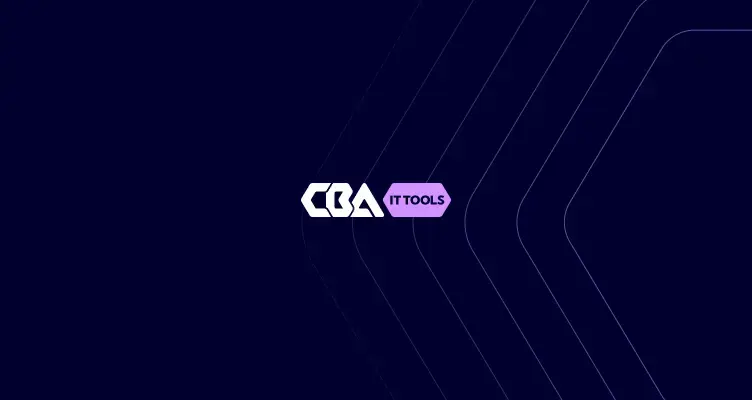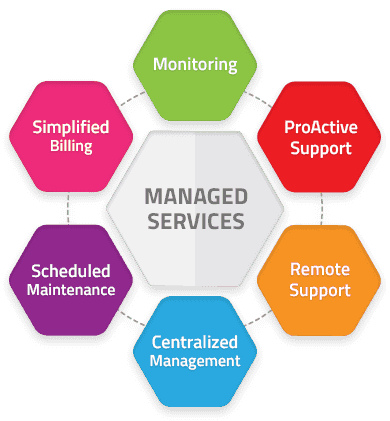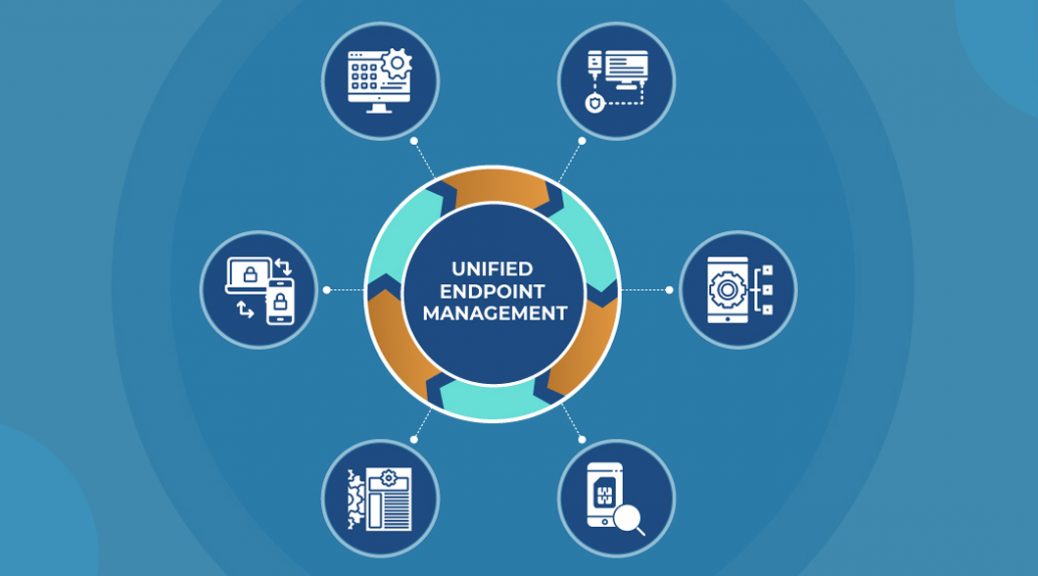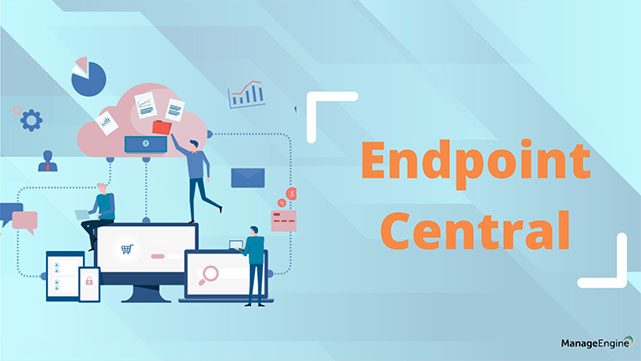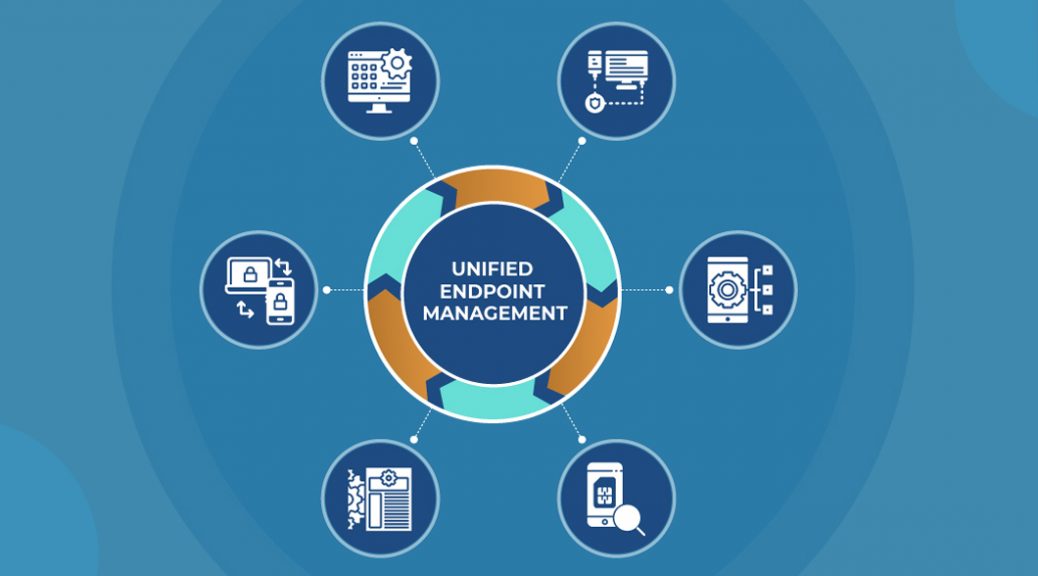Endpoint Central vs NinjaOne: Which Solution Fits Your IT Team?
Managing and securing endpoints is essential for modern IT teams. Two popular solutions are ManageEngine Endpoint Central and NinjaOne. Both offer strong functionality, but they differ in focus, platform support, and ease of use. Below is an overview by category, so you can quickly see which solution best fits your organization.
Endpoint Central VS NinjaOne: A quick overview
|
Feature Category |
ManageEngine Endpoint Central (EC) |
NinjaOne |
|
Platform Support |
Windows, macOS, Linux, Android, iOS, iPadOS, tvOS, ChromeOS; 30+ OEM/rugged devices |
Windows, macOS, Linux, iOS, Android |
|
Implementation & Setup |
Fast setup, zero-touch enrollment, baseline profiles |
Simple cloud setup |
|
Software Deployment |
10,000+ ready-to-deploy templates, self-service catalog, 850+ third-party patches |
Basic software deployment, no ready-made templates |
|
Patch Management |
Automated patching, CVE detection, zero-day vulnerability support |
Basic patching |
|
Remote Management |
One-click access, multi-monitor & multi-session, advanced session recording |
Remote desktop, file transfer, chat |
|
Endpoint Security |
Threat detection & remediation by severity, peripheral device protection (18+ types), endpoint DLP |
Basic antivirus/malware protection |
|
Reporting & Analytics |
Custom reports, asset & patch reports, AD integration |
Standard asset & patch reports |
|
Mobile Device Management |
Bulk enrollment, advanced restrictions, app licensing & distribution, Knox support |
Basic MDM, app deployment |
|
Integration |
ITSM (ServiceDesk Plus, Jira, ServiceNow), ITAM, Analytics, SIEM, MTD, APIs |
Limited integrations |
Explanation:
Platform Support
ManageEngine Endpoint Central supports a wide range of operating systems including Windows, macOS, Linux, Android, iOS, iPadOS, tvOS, and ChromeOS. It also integrates with over 30 OEM and rugged devices, which makes it ideal for organizations with diverse endpoint environments. NinjaOne, by contrast, focuses on Windows, macOS, Linux, iOS, and Android, offering solid coverage for standard enterprise devices but limited support for specialized or rugged hardware.
Implementation & Setup
Endpoint Central offers a very fast setup process, with zero-touch enrollment that allows IT teams to onboard devices quickly and configure them using baseline profiles. NinjaOne is cloud-based and also relatively simple to deploy, but it provides fewer automated onboarding options, requiring more manual configuration in complex environments.
Software Deployment
With Endpoint Central, IT teams benefit from more than 10,000 ready-to-deploy software templates, a self-service catalog for applications and patches, and support for 850+ third-party applications. This allows for rapid deployment and minimal manual effort. NinjaOne offers basic software deployment capabilities but does not provide a large library of templates or extensive third-party patching, which can increase setup time for new applications.
Patch Management
Endpoint Central provides automated patch deployment, CVE detection, and even zero-day vulnerability support, covering both Microsoft and third-party applications. NinjaOne offers basic patching capabilities, mainly for core operating system updates, but lacks the depth and automation of EC in handling third-party software and advanced vulnerability detection.
Remote Management
Both platforms provide remote access to endpoints, allowing IT teams to support users remotely. Endpoint Central includes one-click access, multi-monitor and multi-session support, and advanced session recording features, which make troubleshooting and auditing more robust. NinjaOne provides remote desktop access, file transfer, and chat functionality, but lacks some of the more advanced session management and capture options found in EC.
Endpoint Security
Endpoint Central offers threat detection and remediation based on severity, peripheral device protection for over 18 device types, and endpoint data loss prevention (DLP). NinjaOne provides standard antivirus and malware protection, but does not include the same level of granular device control or DLP capabilities, making EC stronger for organizations with stricter security requirements.
Reporting & Analytics
Endpoint Central allows IT teams to generate custom reports, monitor assets and patches, and integrate with Active Directory for more advanced insights. NinjaOne offers standard asset and patch reporting but does not provide the same level of customization or integration, which may limit visibility for larger or more complex IT environments.
Mobile Device Management (MDM)
Endpoint Central supports bulk device enrollment, advanced policy restrictions, application licensing and distribution, and even Knox support for Samsung devices. This gives IT teams full control over both corporate and BYOD devices. NinjaOne offers basic MDM capabilities, including device enrollment and app deployment, but lacks the advanced policy enforcement and granular control over mobile devices that EC provides.
Integration
Endpoint Central integrates with a wide ecosystem of IT management tools, including ITSM systems like ServiceDesk Plus, Jira, and ServiceNow; ITAM platforms; analytics tools; SIEM solutions; mobile threat defense; and public APIs for custom integrations. NinjaOne has more limited integration options, focusing mainly on standard ticketing and monitoring tools, which can restrict its flexibility in complex IT environments.

Sign up for our newsletter
Stay updated with our latest products and offers by subscribing to our newsletter

Sign up for our newsletter
Stay updated with our latest products and offers by subscribing to our newsletter

